

As the temperature begins to drop and the climate becomes milder, the coastal areas of the Sultanate see large influx of seabirds. Whoever visits the coastal areas during this time will notice large flocks of birds, especially in the open beaches and wet areas. Among the most important birds that can be spotted are the rock egret, white heron, spoonbill, great flamingo, and many others.
The Sultanate, within the framework of efforts to preserve species of seabirds, has declared several protected areas, the most important of which are the Daymaniyat Islands Reserve, the Ras Al Hadd Sea Turtle Reserve, the Al Akhwar Reserves in the Dhofar Governorate, and the Barr Al Hikman Reserve in the Al Wusta Governorate. All of these reserves provide fertile environments for the breeding of dozens of species of seabirds.
These reserves, in addition to the open coasts and wet places, are attractive stations for bird watchers and documenting enthusiasts. They provide golden opportunities for conducting studies and research related to the life of seabirds.
Seabirds live on a diet consisting mainly of fish, squid, and crustaceans. And many seabirds follow fishing boats in search of easy food from fish waste thrown by fishermen on beaches and in the seas.
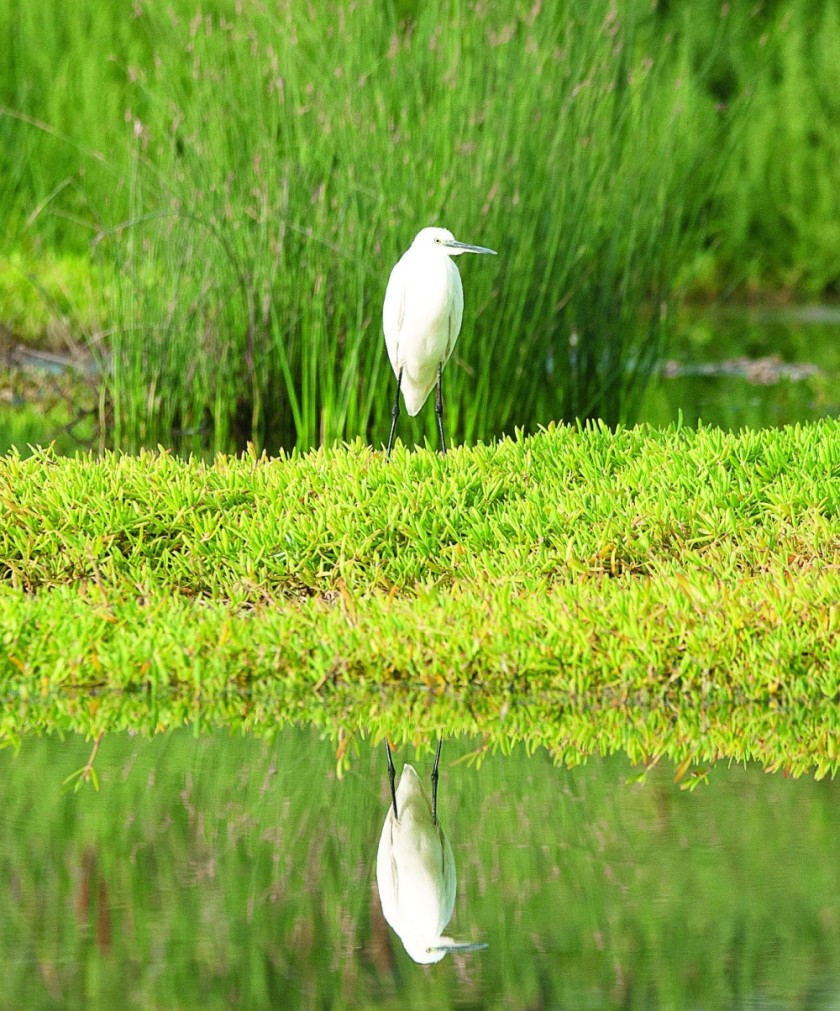
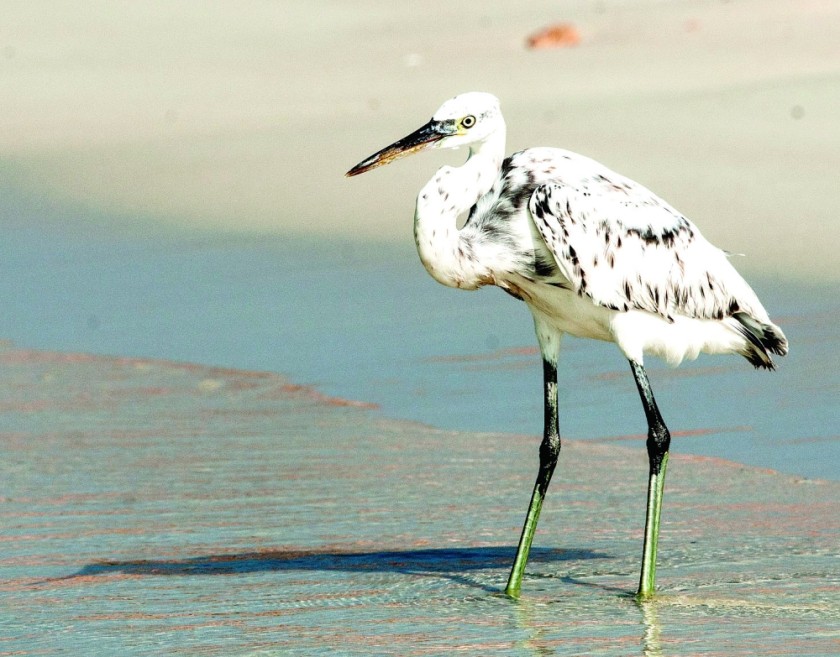
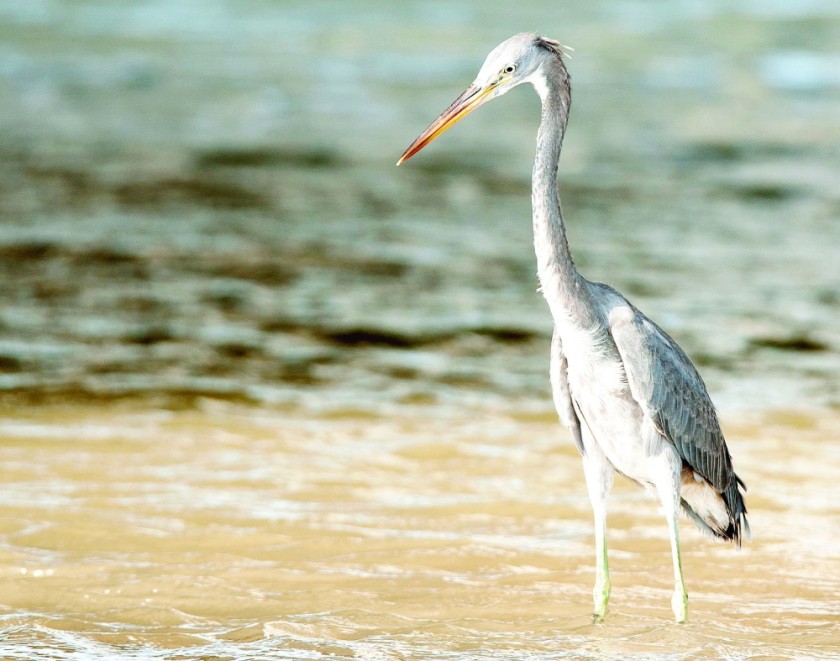
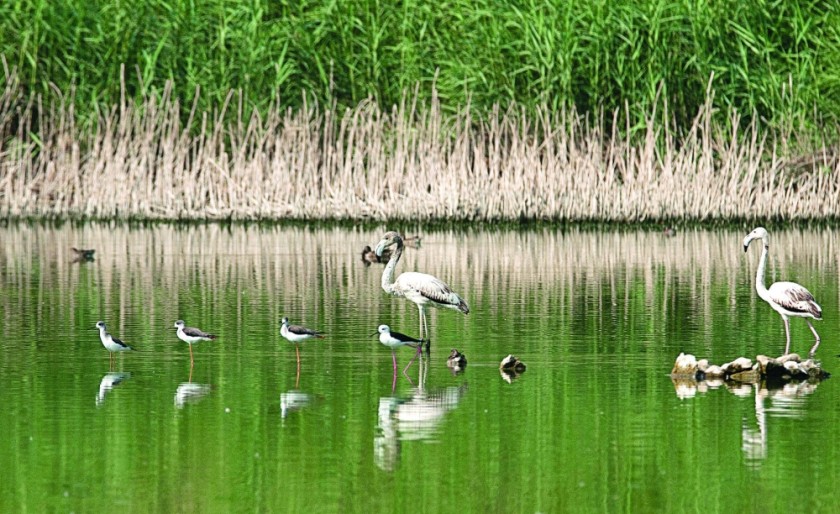
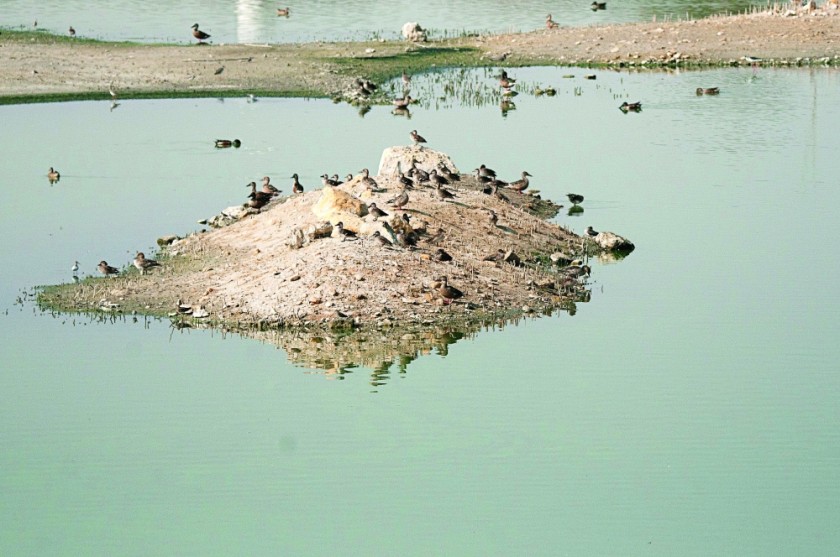
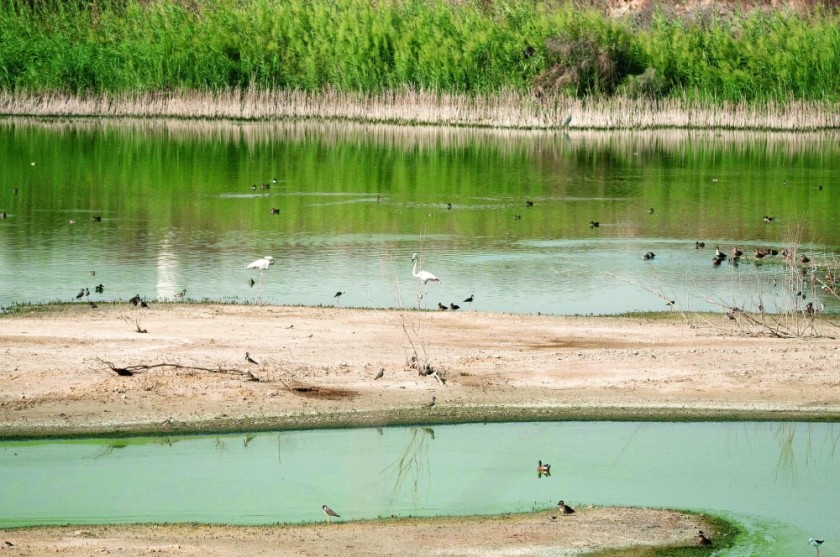
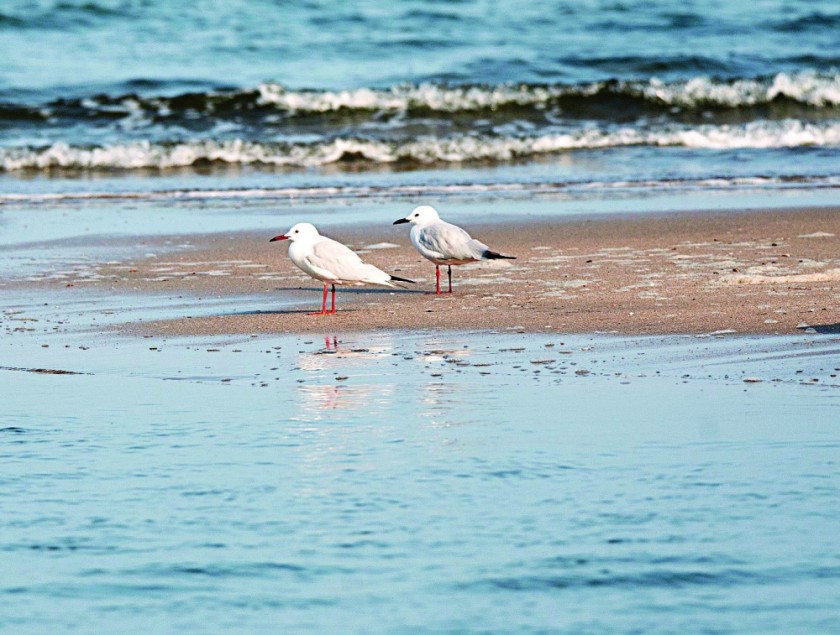
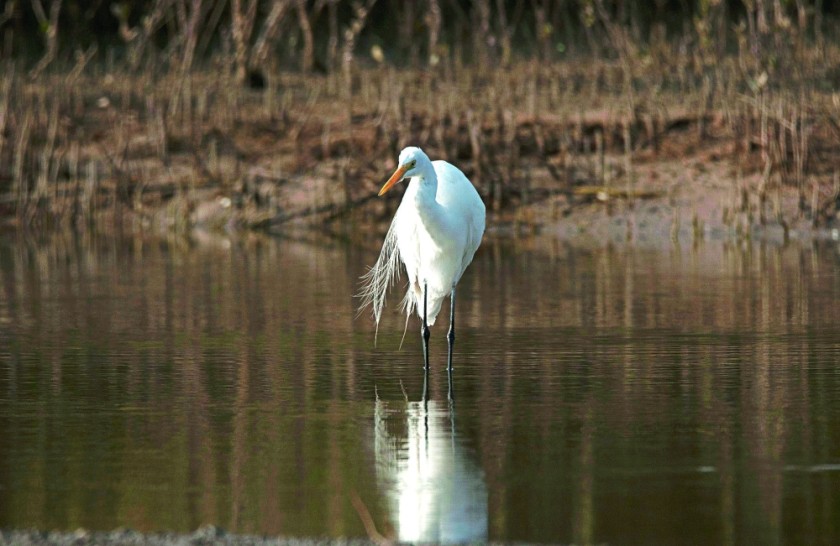
In general, the life of seabirds is directly or indirectly related to marine life, and environmental studies classify them into the presence of 275 species belonging to 8 different families. The open ocean is the largest natural environment that attracts seabirds in the world, and some of them stay outside the sea for several months to ensure the reproduction process in places consistent with the nature of each bird.
Most seabirds are characterized by many glands that produce oil inside their skins. When the seabird goes to rest, and dries up after hunting prey, it begins to distribute this oil on the feathers, in order to make it soft and waterproof.
As for flight, most seabirds have the ability to fly high and for very long distances. Seabirds prefer to breed in colonies en masse, in which hundreds or even thousands of them gather in an area commensurate with their nature. Most seabirds nurse their young for a much longer period than wild birds, and because of this long period of parental care, most seabirds raise only one brood per year.
There are seabirds that live long periods of years, and studies indicate that some seabirds do not reach maturity until they are several years old, and their life span may range between 20 and 40 years. Seabirds are distinguished from others by their ability to adapt to the environment in which they live through thick feathers that help them float and swim and protect them from high temperatures.
TEXT & PHOTOS BY YAHYA ALSALMANI
Oman Observer is now on the WhatsApp channel. Click here



